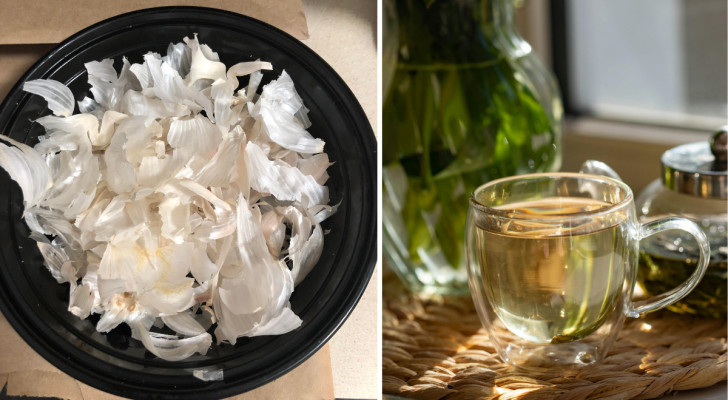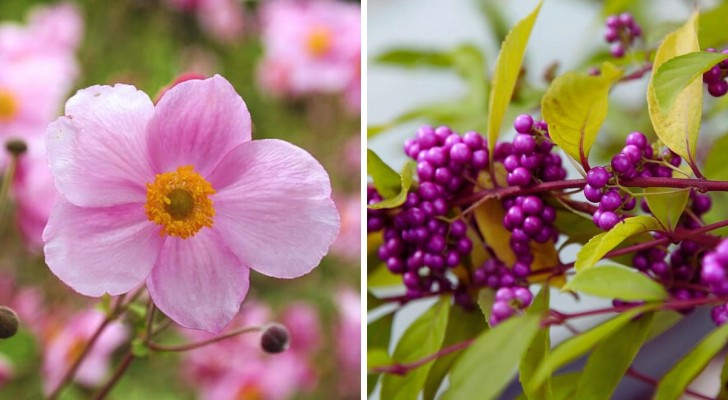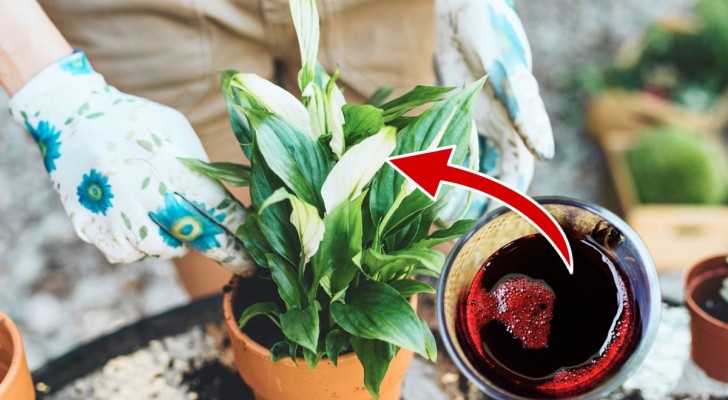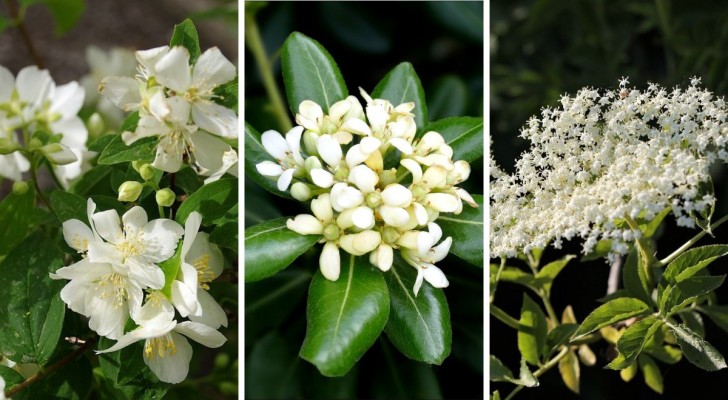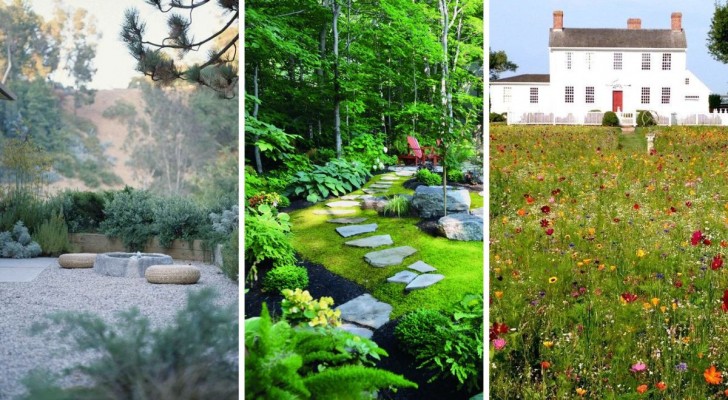Don't have a green thumb? Focus on perennials: they are sown only once and last for several years

These plants are great in the kitchen, have countless beneficial properties, and live for over two years after planting them. They are perennials, whose life cycle does not end in winter like annual plants, but sprout again in the spring. In fact, during the winter, these plant species just rest (hibernate), but do not die. Properly defined, perennial plants perennial, are any plant that lives for several years, usually with new growth starting from a part that survives hibernation, from season to season.
Fragrant, delicious and rustic, they are therefore very easy to grow both in the open ground and in pots, and without the need for special care. There are countless varieties to pick from, but the ones we have selected here are mostly edible, ideal for flavoring dishes or can be used to prepare excellent drinks. From lavender to thyme, from rosemary to mint, perennials will give you great satisfaction without putting too much effort into them.
Mint

Mint is a perennial herbaceous (herb) plant of which there are many varieties. Mint is mostly used in the kitchen, for the preparation of liqueurs, cocktails, syrups - but also to flavor first and second courses (like mint sauce for lamb, for example). Easy to grow, it does not require any special attention and on the contrary, it tends to grow very rapidly, even if you plant it in a pot.
Roman chamomile

Roman chamomile is a perennial plant that is easy to grow even if the soil is not particularly fertile (and which is its preference). It does not need to be watered too much because it is vulnerable to stagnant water. Chamomile is excellent for the preparation of herbal teas.
Chives
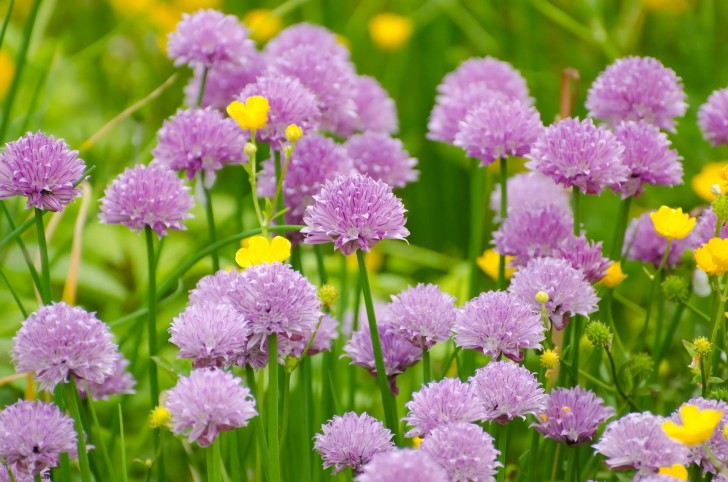
A perennial herb, chives are not only valuable in the kitchen, but they are also very decorative. Chives prefer fertile soils and full exposure to the sun. Once the winter season is over, it begins to sprout again from spring to October. You can use chopped chive leaves to flavor various dishes, cutting them off at the base with a pair of scissors.
Sage
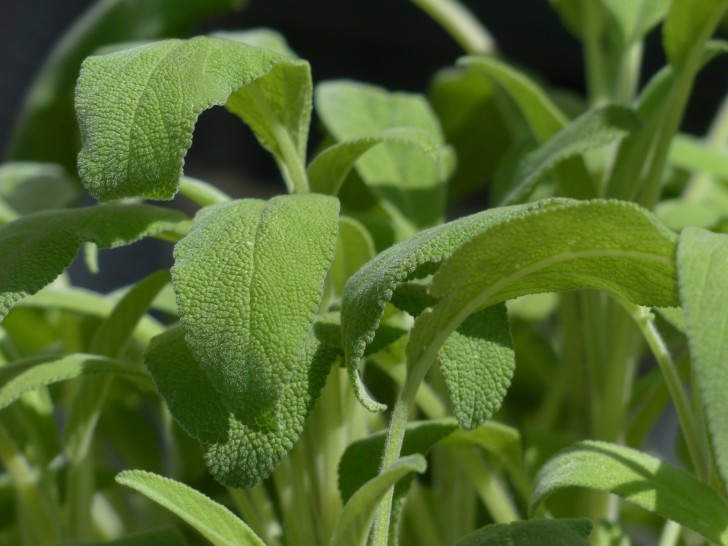
Excellent in the kitchen and rich in beneficial properties, sage is a perennial plant that is suitable both for cultivation in open ground and in pots, as long as it is placed in the sunlight, or in partial shade. Water it well when you plant it but then be careful not to overdo it with water later because it cannot take stagnant water. As a plant, it lasts several years.
Thyme
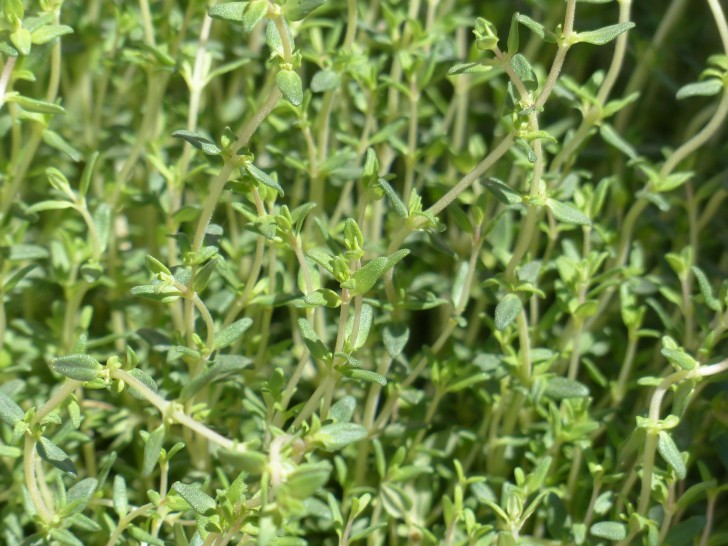
Thyme is a perennial shrub that needs very little care to thrive. In fact, it can easily survive even in very arid soils. It's easy to grow, and great in the kitchen. When cutting the twigs, be sure to do this with sharp, sterilized scissors and making clean cuts.
Lemon balm
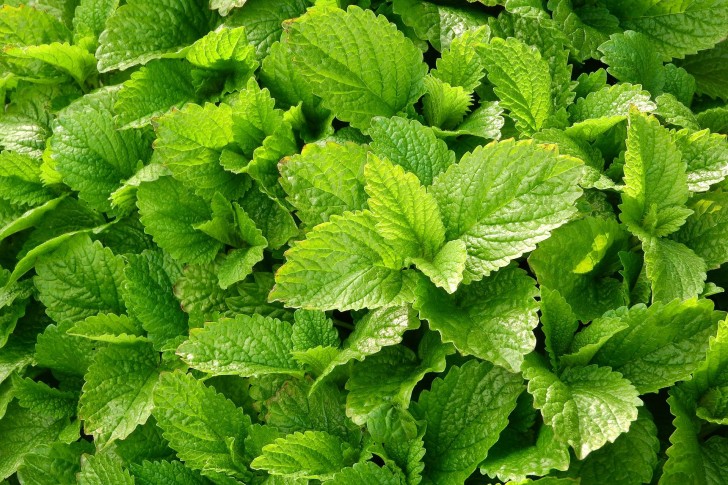
Lemon balm is an aromatic plant, that belongs to the Lamiaceae family, and is one of the most famous perennial herbaceous plants of this family. If the leaves, stems and flowers are used, it is excellent for preparing herbal teas. But it is also used for flavoring different dishes. Easy to grow as long as it is not placed in full sunlight, it prefers a cool climate. The leaves can be harvested once the plant has started growing.
Rosemary
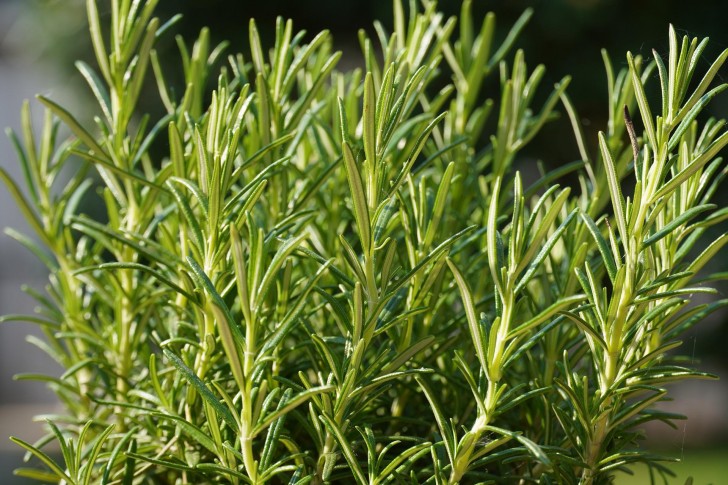
An aromatic perennial plant, rosemary belongs to the Lamiaceae family, and is typical of the Mediterranean area. It has no particular special needs, but does not like the cold - so if it is grown in areas with low temperatures in winter, it should be planted in areas which are exposed to the sun and well-sheltered.
Lavender
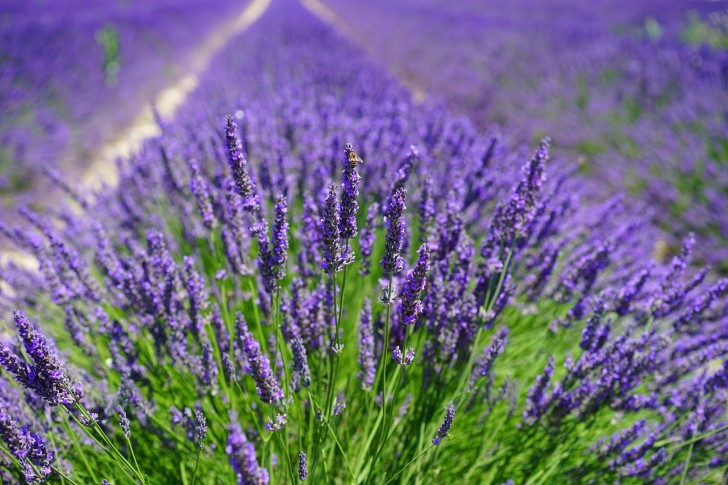
Finally, here is another perennial aromatic plant that stands out for its wonderful purple blooms. Lavender is not difficult to grow but it is advisable to plant it in a spot that gets full sunlight; and if you want to plant it in a pot, remember to repot it in a larger container every spring. The soil must be well-draining. It is best to harvest the plant after the buds have formed but before the flowers have opened completely.
Are you ready to fill up your balconies and gardens with these beautiful, tasty and fragrant herbs?
